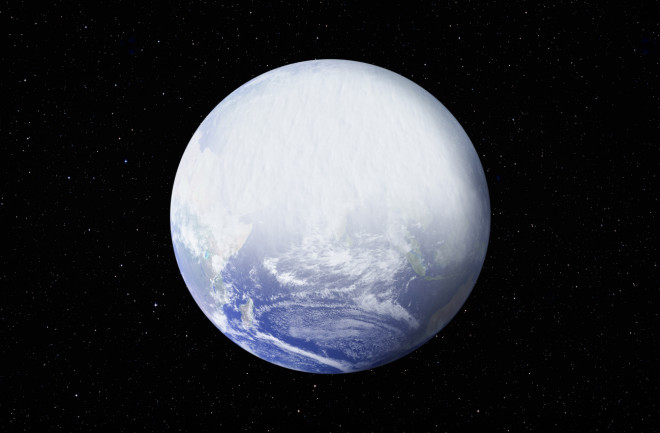While the thought of ice at the equator may be difficult to imagine, there is compelling evidence that much, if not all, of Earth’s land and oceans were once covered by ice — an event known as “Snowball Earth.”
The rocks of South Australia’s Flinders Ranges contain clues of this extreme ice age. Before tectonic forces worked to lift the mountains from the bottom of the ocean to the heights they occupy today, glacial ice carried boulders from afar and dropped them at the site. The fact that the boulders were deposited within a few degrees of the equator can only mean one thing; At some point in Earth’s history, ice occupied low latitudes.
Analyses of these rocks show that Snowball Earth conditions began about 700 million years ago and lasted nearly 60 million years, ending just before the planet’s greatest burst of new life. But one question has plagued researchers for nearly a century: how did early life manage to survive to that point? With massive ice sheets sealing off water from the atmosphere, the oceans would have had little to no oxygen for inhabitants.







